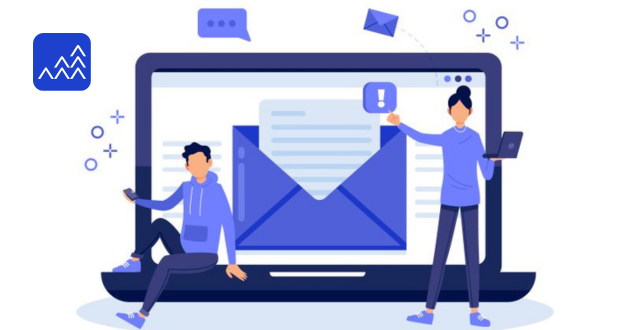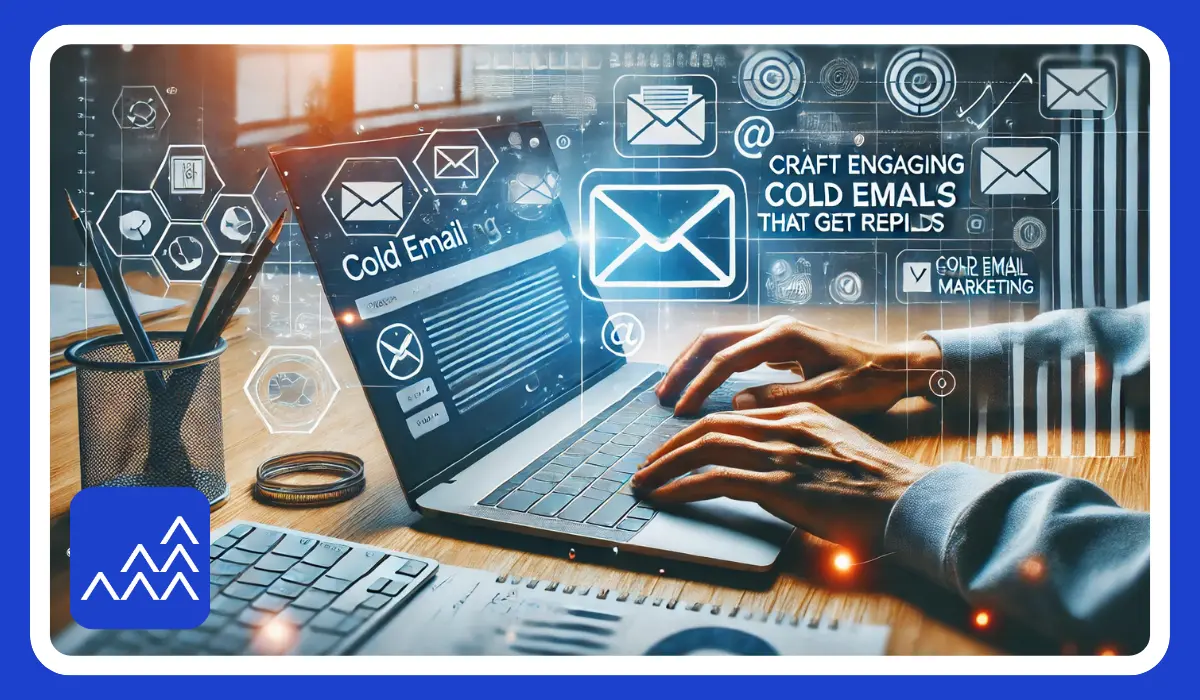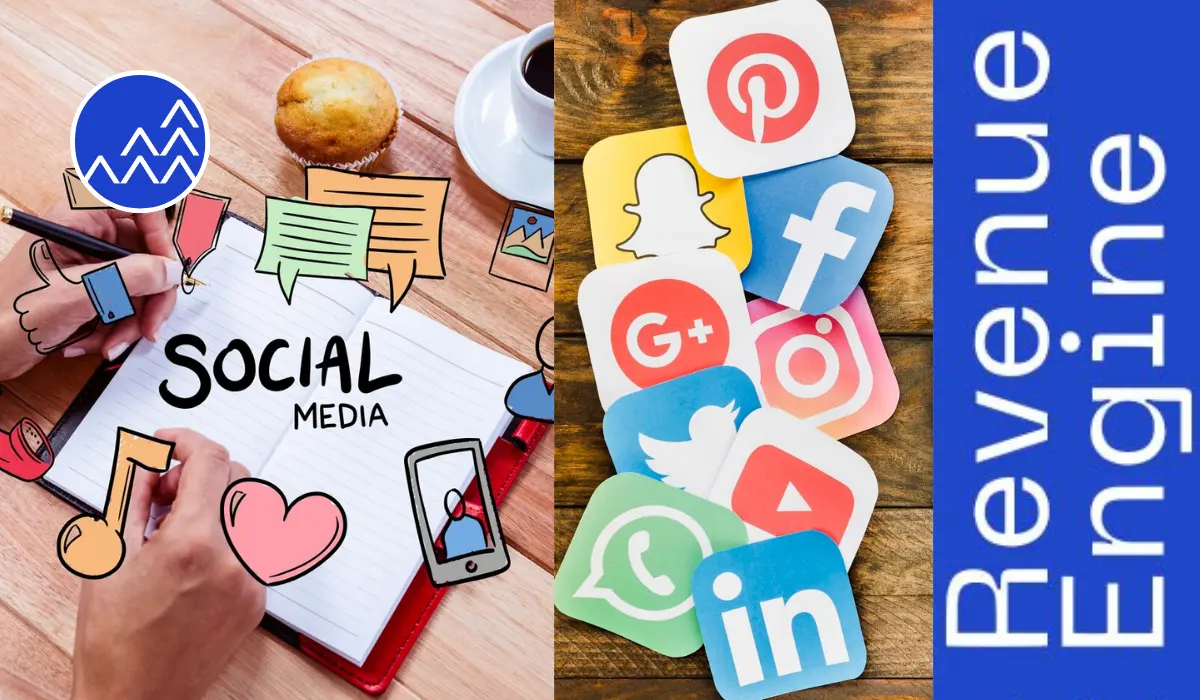Warm emails are a powerful tool for converting leads into customers, but how do you craft and use them effectively? In this guide, we’ll walk you through the essentials of warm emailing, showing you how to build rapport, personalize your outreach, and ultimately, increase conversions.
What is a Warm Email?
A warm email is sent to a prospect who has already shown interest in your product or service. This interest might have been demonstrated through a prior interaction, such as downloading a resource, attending a webinar, or engaging with your social media content. Unlike cold emails, warm emails leverage this prior engagement to create a more personalized and effective outreach strategy.
Step 1: Identify Your Warm Leads
The first step in converting leads with warm emails is identifying who your warm leads are. These are individuals who have already interacted with your brand in some way. Use your CRM system, email marketing platform, or even social media analytics to track these interactions. Look for people who have:
- Downloaded a lead magnet (e.g., eBooks, whitepapers)
- Attended a webinar or event
- Subscribed to your newsletter
- Engaged with your social media posts
Step 2: Personalize Your Emails
Personalization is key in warm emailing. Since your lead has already engaged with your brand, leverage this information to craft a message that resonates. Personalization goes beyond just using the recipient’s name; it involves tailoring the content to their specific interests and needs.
Example:
- Subject Line: Hey [Name], I Noticed You Downloaded Our eBook—Let’s Chat!
- Body: Hi [Name], I saw you recently downloaded our eBook on [Topic]. I’m curious to hear what you found most interesting and how we can help you further on [related challenge].
Step 3: Offer Value Upfront
Warm emails should always provide value. Whether it’s additional resources, personalized advice, or a special offer, giving value upfront increases the likelihood of a positive response. Show your lead that you’re not just trying to sell but genuinely want to help them solve a problem or achieve a goal.
Example:
- Hi [Name], Based on the eBook you downloaded, I thought you might find our latest case study on [related topic] helpful. It highlights some strategies that could benefit your business.
Step 4: Create a Clear Call-to-Action (CTA)
Your email should guide the lead towards the next step in the buyer’s journey. Whether it’s scheduling a call, signing up for a demo, or simply responding to the email, make sure your CTA is clear and easy to follow.
Example CTA:
- Are you available for a quick call this week? I’d love to discuss how we can support your goals further.
Step 5: Follow Up Thoughtfully
Not every warm lead will respond to your first email. A thoughtful follow-up can nudge them in the right direction. Keep your follow-up emails short, friendly, and value-driven. You can reference your previous email and offer an additional resource or ask if they had a chance to review your last message.
Example:
Hi [Name], I just wanted to follow up on my last email. Did you get a chance to check out the case study I shared? Let me know if you’d like to discuss how we can apply similar strategies to your business.
Step 6: Track and Optimize
Finally, track the performance of your warm emails. Use your email marketing platform’s analytics to monitor open rates, click-through rates, and response rates. Based on this data, tweak your subject lines, email copy, and CTAs to improve future campaigns.
FAQs!
What makes a warm email different from a cold email?
A warm email is sent to someone who has already interacted with your brand, while a cold email is sent to someone with no prior connection. Warm emails are more personalized and often have higher response rates.
How can I identify warm leads?
Warm leads can be identified through their interactions with your brand, such as downloading resources, attending events, or engaging with your content online.
How often should I follow up on a warm email?
It’s advisable to send a follow-up email 3-5 days after your initial email. If there’s no response after two follow-ups, consider moving on but keep the lead in your nurturing campaigns.
What should I include in a warm email?
A warm email should include a personalized greeting, a reference to the lead’s previous interaction with your brand, valuable content or offers, and a clear call to action.
Can I automate warm emails?
Yes, warm emails can be automated using CRM and email marketing tools, allowing you to personalize and send emails at scale while tracking engagement metrics.








